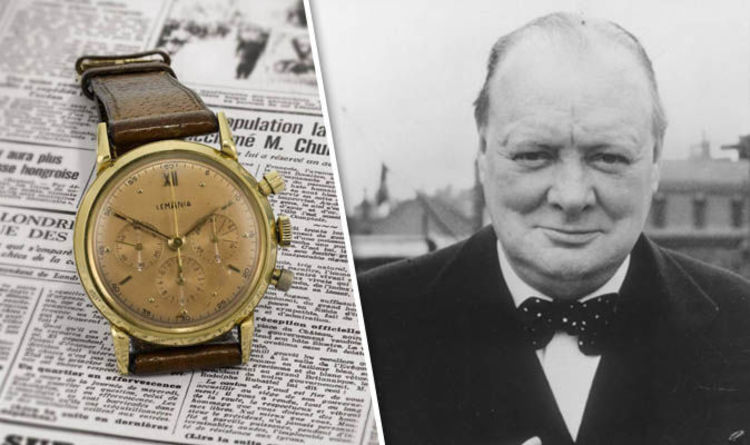The Lemania Watch Company is (probably) the most impressive watch company – you’ve never heard of. While brands like Rolex, Omega, Cartier, and Patek Philippe, are well known – Lemania, at the same time, had been slowly crafting its own legacy amongst the prestigious category of watchmakers. Named after Lake Geneva, this Swiss brand was a hidden gem amongst the elite Swiss luxury market. Today, known as Manufacture Breguet; a division within The Swatch Group. Their road, to now, contains a rich history and dedication to quality.
The Lemania Watch Company origins date back to the late 19th century when Alfred Lugrin founded the company, in 1884. As a premier watchmaker, Lugrin received awards and gold medals at exhibitions in Milan and Berne, in 1906 and 1914. He primarily produced movements signed with a Maltese cross with ‘A Lugrin’ written inside. The company officially adopted the Lemania Lugrin SA name, in 1928, now producing watches under its own name with the same Maltese cross, however, the script inside changed to Lemania. Throughout the Great Depression, the brand remained solvent by forming a joint venture, called SSIH (Societé Suisse pour L’Industrie Horologère), with Omega and Tissot, in 1932. While Lemania continued making watches in their own right, their primary focus became the design, manufacture and supply of complications to their partners in SSIH. The company specializing in high-end complication watches, for SSIH, such as chronographs, long-running movements, and repeaters. In fact, Lemania provided every single chronograph movement that either Tissot or Omega used until the 1970s. Yes, every one of them! An astonishing feat lasting over 40 years. This included the illustrious ca. 1957 Omega caliber 321 Speedmaster professional AKA ‘The Moonwatch’ – an iconic design developed by Lemania watchmaker, Albert Piguet.

Winston Churchill wore an 18k yellow gold Lemania chronograph (one of his many watches) – this one, engraved; a gift from from the Swiss Canton de Vaud, where the Lemania manufacture was based, presented to Churchill in the summer of 1946. The watch, which recently sold at Sotheby’s auction, was expected to fetch up to $30,000 USD.
Into the 70s, Lemania continued to work with Omega introducing their cam-switching automatic chronograph in 1972, followed by the Calibre 5100 in 1974.
The Lemania Watch Company has a long and distinguished track record of success, having achieved many notable milestones. They created the only mechanical chronograph approved by NASA for use in their space vehicles. They created the only mechanical alarm watch where you could set both the minutes and hours. Throughout the 50s and 60s, they were the sole manufacturer of all wrist chronographs issued to the British armed forces.
After the quartz crisis of the 1970s, SSIH and Lemania parted ways and a group of investors, including Piaget, bought the brand, in 1980, which then purchased Heuer, as well, in 1982. The new ownership changed its name to Nouvelle Lemania and another partnership was formed with Heuer, however, this lasted a short time – until 1985, when Heuer was sold again creating TAG Heuer.
In 1992, the brand was purchased by Bahrain’s Investcorp which already owned the Groupe Horloger Breguet, one of the oldest surviving watchmaking brands. With that, The Breguet Group consisted of four subsidiaries: Montres Breguet SA, Breguet SA, Valdar SA, and Nouvelle Lemania SA. (SA as in Société Anonyme, meaning limited company) This created another manufacturing alliance for Lemania with another luxury Swiss brand. Eventually, all shares of the Groupe Horloger Breguet were acquired by The Swatch Group for an undisclosed amount, on Sept 14th, 1999, Swatch wanted to return Breguet’s manufacturer status. The Lemania location was handed to Breguet to become Swatch’s in-house movement manufacturer. Over the next decade; the Lemania name disappeared – completely removed from market. The Manufacture Breguet factory is housed in large modern buildings in the village of L’Orient, in Switzerland’s Vallée de Joux, constructed on the former Nouvelle Lemania site.
Lemania watch movements were employed by some of the most iconic timepieces ever produced. Lemania was the preeminent Swiss ebauche movement manufacturer.

